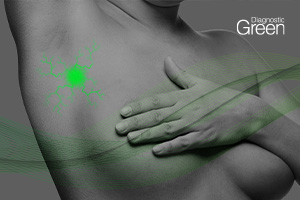Background: Lymphedema is a chronic condition, characterized by fluid buildup and tissue swelling and is caused by impairment of the lymphatic system. The lymph interpositional flap transfer (LIFT) technique, in which lymph flow is restored with a flap that includes subdermal lymphatic channels, is an option for surgical reconstruction. The superficial circumflex iliac artery perforator (SCIP) flap can be used for this purpose. This study aimed to describe and characterize the lymphatic patterns within the vascular territory of the superficial circumflex iliac artery perforator flap. Superficial lymphatic patterns were evaluated at 4-, 14-, and 24-minutes after indocyanine green lymphography (ICG) injection.
Results: The linear pattern was predominant bilaterally. The median number of lymphatic vessels and their length increased over time. Most lymphatic vessels in the superficial circumflex iliac artery perforator flap were oriented towards the inguinal lymph node. However, the left SCIP zone lymphatic vessels were directed opposite to the inguinal lymph node.
Conclusion: The two sides SCIP zones were not significantly different. The primary direction of the bilateral lymphatic vessels was towards the inguinal lymph node, although only single side lymphatic vessels were in the opposite direction. These findings emphasize the importance of assessing lymphatic axiality and coherent lymphatic patterns prior to undertaking the SCIP as an interposition flap, to ensure effective restoration of lymphatic flow.




